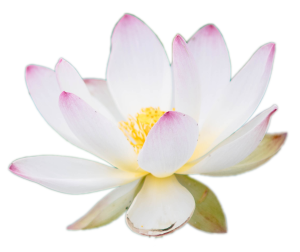* Muscle Imbalance * Gravity * Breathing * Body Schema * Walking
The Vicious Cycle describes how these factors, listed above begin to reinforce curvatures that have developed, often in hypermobile, restless, young people. (see part 1)
However, it has been postulated that these same factors could be utilized to re-balance curvatures if applied in a specific, targeted manner.
Let’s take a moment to look at curve progression. One universally recognized contributor is unbalanced habitual postures and movement patterns. Habitual postures include how one sits, stands, and even lies. Habitual movement patterns include walking, running, reaching, chewing and, of course, sports activities. When postures or movement patterns are strongly unbalanced and repeated often, they begin to influence the bony structure. Curvatures of the spine often begin as functional curves, i.e.: they are visible in certain positions but disappear with movement. In this case, there has been no change in the shape of the bones or vertebra of the spine, only in their alignment. Over time, unbalanced alignment can effect the shape of one or more individual vertebra, so they become wedged and/or rotated. At this point, the curve becomes “structural” and more difficult to correct.
Dr. Ian Stokes found that bone growth in growing children is more influenced by muscle activity than by weight distribution. The Virtuous Cycle aims to REVERSE habitual postures and movement patterns, thereby creating opposite and balancing forces on these impressionable, growing bones.
How could this be done?
* Muscle Imbalance – Scoliosis specific exercises target underused muscles and activate these 3 dimensionally. The activities chosen are specific to the person’s curve pattern, and oppose the habitual configuration. Practicing these positions strengthens weak muscles and balances forces around the spine.
* Gravity – Scoliosis specific activities also establish a different relationship to gravity. Gravity becomes a grounding force, a foundation for the new muscle activity.
* Breathing – Breathing is a key factor in establishing a Virtuous Cycle. Finding and maintaining a more balanced position by engaging previously weak and underused muscles, helps direct air in new ways. Very specific breathing techniques encourage concave regions to expand, bringing a centering force to the spine and ribcage from within.
* Body Schema – With this focus on new postures, movements and breath,the body schema begins to adjust to a different sense of “self”. The old habits become less automatic and less “comfortable” as a new norm is established.
* Walking – Walking is the greatest challenge because it requires the ability to move from one extreme position to the opposite, right stance to left stance, every step. This is not easy for a person who has become accustomed to using only one pattern, and never its opposite. However, alternating reciprocal activity is needed to thrive 3 dimensionally, to be balanced. As new postures and patterns become more familiar and easier to access, they find their way into movement activities.
Embarking on the Virtuous Cycle gives skills that will last a lifetime



